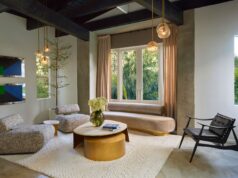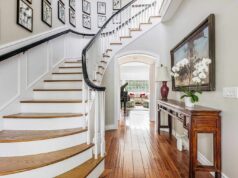Interior design is a transformative art that goes beyond mere aesthetics; it is the alchemy of creating spaces that are not only visually appealing but also functional and harmonious.
From the initial spark of an idea to the realisation of a cosy, welcoming environment, the journey through the world of interior design is fascinating. This blog will explore the various stages involved in bringing a design concept to life and turning a space into a haven of comfort and style.
Inspiration and Conceptualization (The Spark of Creativity)
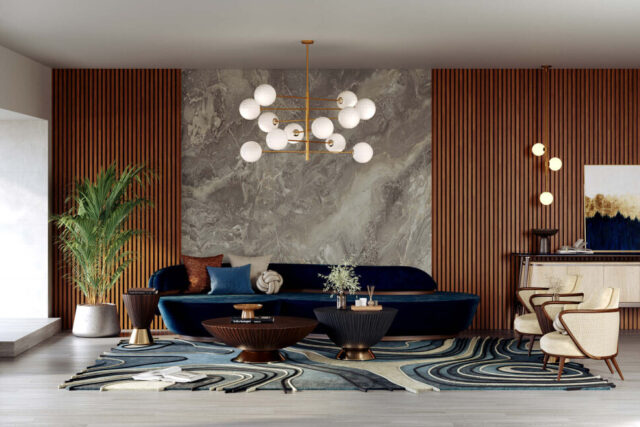
Every design journey begins with inspiration. It could be a fleeting moment, a nature-inspired colour palette, or a memory that sparks the creative process. Interior designers often draw inspiration from myriad sources, including art, fashion, travel, and cultural influences. The challenge lies in translating these inspirations into a cohesive concept that captures the essence of the envisioned space.
During the conceptualisation phase, designers refine their ideas, considering factors such as the client’s preferences, the purpose of the space, and any existing architectural elements. Mood boards, sketches, and colour palettes become valuable tools in articulating the envisioned design, helping to communicate the aesthetic direction to clients and collaborators.
Planning and Space Utilization (Blueprints and Beyond)
With the concept in place, the next step is to translate ideas into tangible plans. This involves detailed space planning, where designers consider the space’s layout, flow, and functionality. It’s crucial to optimise the available space while making sure that the design aligns with the client’s lifestyle and needs.
Blueprints and floor plans take centre stage during this phase, guiding the placement of furniture, lighting, and other elements. Designers must strike a balance between form and function, ensuring that the space looks good and serves its intended purpose seamlessly.
Material Selection and Color Palette (The Palette of Possibilities)
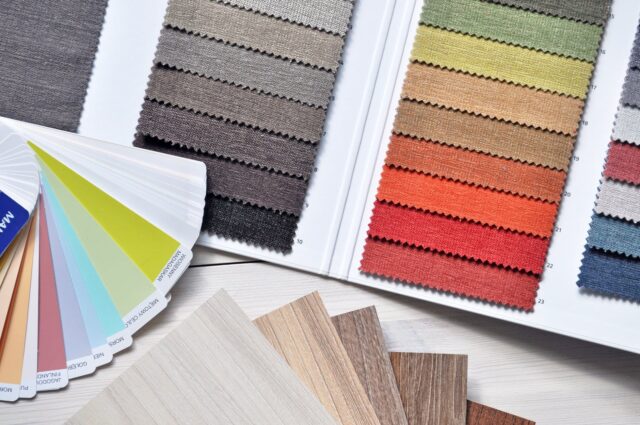
Materials and colours are the building blocks of any interior design project. The selection of materials, from flooring to fabrics, and the choice of a colour palette significantly impact the overall ambience of the space. Designers consider materials’ durability, texture, and visual appeal, aligning them with the desired aesthetic.
The colour palette sets the tone for the entire design. Warm tones can create a cosy, inviting atmosphere, while cool tones evoke a sense of calm. The strategic use of contrasting colours or complementary hues adds depth and visual interest to the space.
Furniture and Decor Selection (Bringing the Vision to Life)
Choosing the right furniture and decor is like selecting the characters for a play. Each piece contributes to the narrative of the space, playing a role in the overall design story. Furniture should not only be aesthetically pleasing but also functional and comfortable.
During this stage, designers – such as Ligne Roset– curate a collection of furniture, lighting fixtures, and accessories that align with the design concept. Attention to detail is key, from the style of the furniture to the placement of decorative elements. It’s about creating a harmonious ensemble that reflects the client’s taste and enhances the overall design.
Execution and Installation (Bringing Dreams into Reality)
With the plans finalised and the elements selected, it’s time to bring the design to life. Skilled craftsmen, contractors, and artisans play a crucial role in the execution phase. This is where the vision transforms from concept to reality, with each detail meticulously implemented.
From the installation of custom cabinetry to the hanging of artwork, the execution phase requires precision and coordination. Designers oversee the process, ensuring that the final result aligns with the envisioned concept. It’s the culmination of creativity and craftsmanship, marking the transition from a set of plans to a fully realised, lived-in space.
Fine-Tuning and Personalization (Crafting the Perfect Atmosphere)

Even after the major components are in place, the design process is not complete. Fine-tuning and personalisation add the finishing touches that make a space truly unique. This involves adjusting lighting, tweaking the placement of decor, and adding personal touches that reflect the client’s personality and lifestyle.
Personalisation is the secret ingredient that transforms a well-designed space into a home. It’s about incorporating elements that hold sentimental value, whether it’s a family heirloom, a cherished piece of art, or a favourite colour. This final step ensures that the design looks good and feels like a genuine reflection of the people who inhabit the space.
Adapting to Trends and Timelessness (The Dance Between Fashion and Time)
While navigating the world of interior design, it’s essential to strike a balance between following current trends and creating a timeless appeal. Design trends come and go, and while it’s exciting to incorporate elements that are currently in vogue, it’s equally important to ensure that the design has a lasting aesthetic. A well-designed space should be able to stand the test of time, remaining visually appealing and relevant for years to come.
During this stage, designers consider the longevity of design choices, opting for classic elements that can be easily updated with more transient accessories. The goal is to create a space that feels fresh and current while avoiding the need for a complete overhaul with every passing trend.
Sustainability and Ethical Design (Designing with a Conscience)
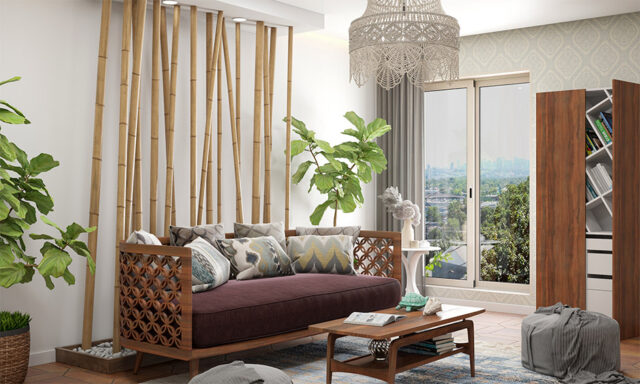
As the world becomes more environmentally conscious, the field of interior design has embraced sustainability and ethical considerations.
Designers are increasingly mindful of the environmental impact of materials and the ethical practices of manufacturers. From eco-friendly materials to locally sourced products, sustainability has become a driving force in the industry.
This stage involves not only selecting sustainable materials but also considering the long-term impact of the design. It’s about creating spaces that are not only visually appealing but also environmentally responsible. Ethical design choices contribute to a sense of well-being, knowing that the beauty of the space doesn’t come at the expense of the planet.
Conclusion
The journey from concept to cosy in the world of interior design is a multi-faceted adventure that requires creativity, planning, and attention to detail. It’s a collaborative process that involves the client, designers, craftsmen, and various professionals working together to transform a space into a haven of comfort and style.
As you navigate through the stages of inspiration, planning, material selection, furniture curation, execution, and fine-tuning, you witness the evolution of a design concept into a tangible, inviting environment.
Interior design, at its core, is about creating spaces that not only look beautiful but also enhance the quality of life for those who inhabit them. So, the next time you step into a well-designed space, take a moment to appreciate the journey that brought it from concept to cosy.



